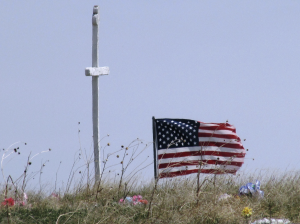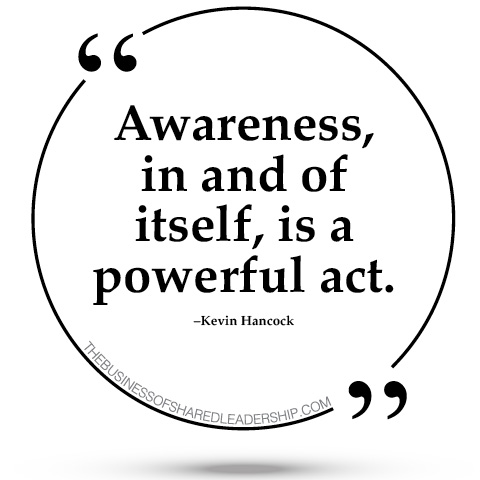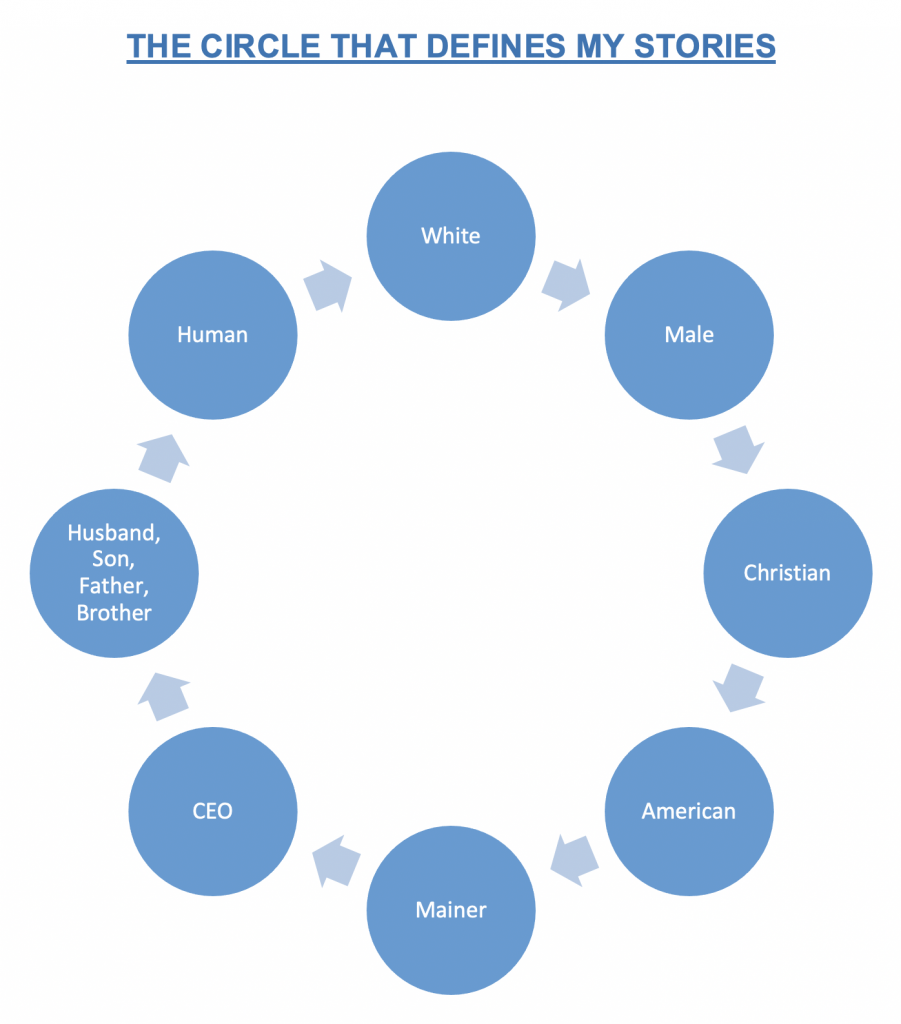“Jesus’s inner circle of disciples includes both men and women on an equal footing. There is no distinction made between a male group of disciples and a female group of camp followers.”
—Cynthia Bourgeault
 In AD 313 the Roman emperor Constantine converted to Christianity and with a single edict elevated a banned set of spiritual teachings to official state religion. One man atop a great empire legalized Christianity with the wave of a hand.
In AD 313 the Roman emperor Constantine converted to Christianity and with a single edict elevated a banned set of spiritual teachings to official state religion. One man atop a great empire legalized Christianity with the wave of a hand.
Twelve years later the newly empowered church hierarchy convened at Nicaea to consolidate the differing stories under the Christian umbrella that had been passed down by countless, diverse clans across the empire and beyond since the time of Jesus. If Christianity were to expand, it needed a consistent narrative defining its faith and history. It needed a single story.
By AD 367 the twenty-seven “canonically authorized apostolic writings” that would eventually become the official New Testament were selected and approved. All the participants in that process were male and would be for a long, long time to come.
Those men, and their male-dominated societies, would, over time, systematically marginalize one of Jesus’s most trusted, loved, and respected apostles.
Why?
Because her name was Mary . . .
* * *
The first class I ever attended at Bowdoin College was Religion 101 taught by the esteemed William Goeghegan.
Moments into the experience I was asked a question I had never before contemplated.
“Mr. Hancock, what is your religion and why have you chosen it?”
I had no answer beyond saying I was a Christian.
 As I left historic Massachusetts Hall and entered the Quad I remained consumed by the question.
As I left historic Massachusetts Hall and entered the Quad I remained consumed by the question.
Three buildings down from the old white house I grew up in stood the Casco Village Church. It was the only church in town and it was where everyone I knew went on Sundays. My Dad went there as a child as did his parents before him. That congregation was affiliated with the United Church of Christ, which made me a Protestant. That’s the entire story behind why I was Christian.
As a child in that white, wooden Church with steeple, the Bible was referenced each week and I neither questioned nor consider who edited, compiled, and sanctioned it. To me it was the direct word of God. There was no recognition at the time that it was carefully assembled by a small group of white men who, like all humans, had an agenda.
Awareness, in and of itself, is a powerful act.
* * *
Unlike the celebrated male apostles, Mary was the only one to witness Jesus’s crucifixion, burial, and resurrection. In fact, Jesus chose to appear to Mary alone after his tomb was found empty.
“So Mary went and announced to the disciples, “I have seen the Lord, and this is what he said to me.”
—John 20:14–18
I learned of Mary’s unique role as the “apostle to the apostles” only recently and initially I was surprised. Why would such a central figure in Jesus’s life and teachings play such a minor role in the Bible itself?
Could it be no more complicated than a woman as Jesus’s closest confident didn’t fit the stories that helped justify the male dominated order of the Roman Catholic Church?
What if, as the Christian researcher and spiritualist Cynthia Bourgeault concludes, the stories that ultimately became the Bible missed or underrepresented essential components of Jesus’s life and teachings? For example, as Bourgeault writes,
- “Jesus’s inner circle of disciples includes both men and women on an equal footing.”
- Mary Magdalene was not just “first among apostles in a chronological sense (because she was the first on the scene at the resurrection), but in a more fundamental way, because she gets the message. Of all the disciples, she is the only one who fully understands what Jesus is teaching and can reproduce it in her own life.”
- And finally, that Mary was “clearly in a relationship with Jesus that is in some way special: a ‘beloved disciple.’ ”
What if the most sacred religious scriptures of the Western world had featured these components, telling a story of sexual equality and the necessity of embracing the sacred feminine in order for a world full of LOVE to blossom? What if Mary was the one who best understood and manifested Jesus’s message? What if man and woman as co-equals had emerged as a dominant theme of Jesus’s teachings? How might the Western world have evolved differently if led by that story?
And what if, despite these potential truths, she was later sidelined.
I have no way of knowing with certainty, but I do have a hard time picturing a supreme God source that would intentionally anoint only men as apostles.
* * *
The Bible, like all sacred texts, is a collection of stories written, and rewritten, by humans. Those humans, by virtue of their direct engagement, became creators themselves.
And what does all of this have to do with the “Business of Shared Leadership”?
A lot, as it turns out.
 Those with the most power often overreach and one common manifestation of that overreaching is exercising the power of the pulpit and throne to select and refine the stories that will define the society they rule.
Those with the most power often overreach and one common manifestation of that overreaching is exercising the power of the pulpit and throne to select and refine the stories that will define the society they rule.
For me, Jesus’s teachings are about “power dispersal.” Everyone is sacred and holy. A divine light dwells within us all. Love is the unifying bond, and it does not choose favorites. Men, women, people of color, and people of different faiths . . . they are all God’s children, and as such, are all worthy of an equal footing and the same respect and love. It takes an equal dose of male and female energy for humanity to be whole. This makes Mary’s presence in Jesus’s story a leading role.
To re-examine, not recite, my Christianity is to revisit one portion of the circle of identity that defines me thereby expanding my view of a world filled with stories that differ from my own.
“What happened to the Divine Feminine? Why has SHE apparently disappeared from Judaism, Christianity, and Islam? In the Gnostic Gospels, we learn that Mary Magdalene was probably the closest disciple of the Christos, the one whom the Master taught the most arcane esoteric wisdom. She was and is the representation of all wisdom.”
– Laurence Galian
Research for some of the ideas explored in this essay came from the following sources:
The Meaning of Mary Magdalene: Discovering the Woman at the Heart of Christianity by Cynthia Bourgeault (Shambhala, 2010)
Gnosticism: New Light on the Ancient Tradition of Inner Knowing by Stephan Hoeller (Quest Books, 2002)
* * *
Thank you for considering my thoughts. In return I honor yours. Every voice matters. Between our differences lies our future.
____________________